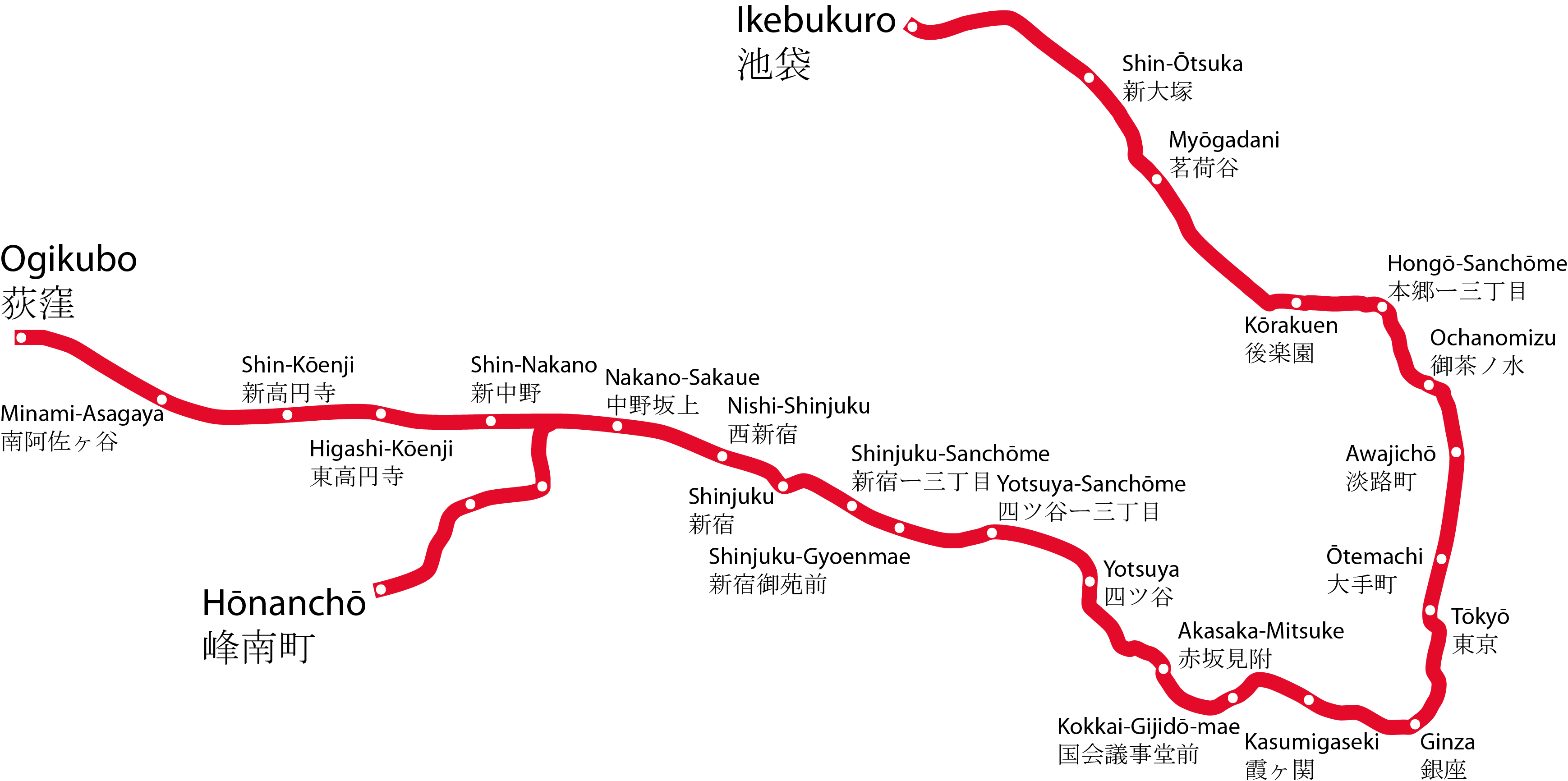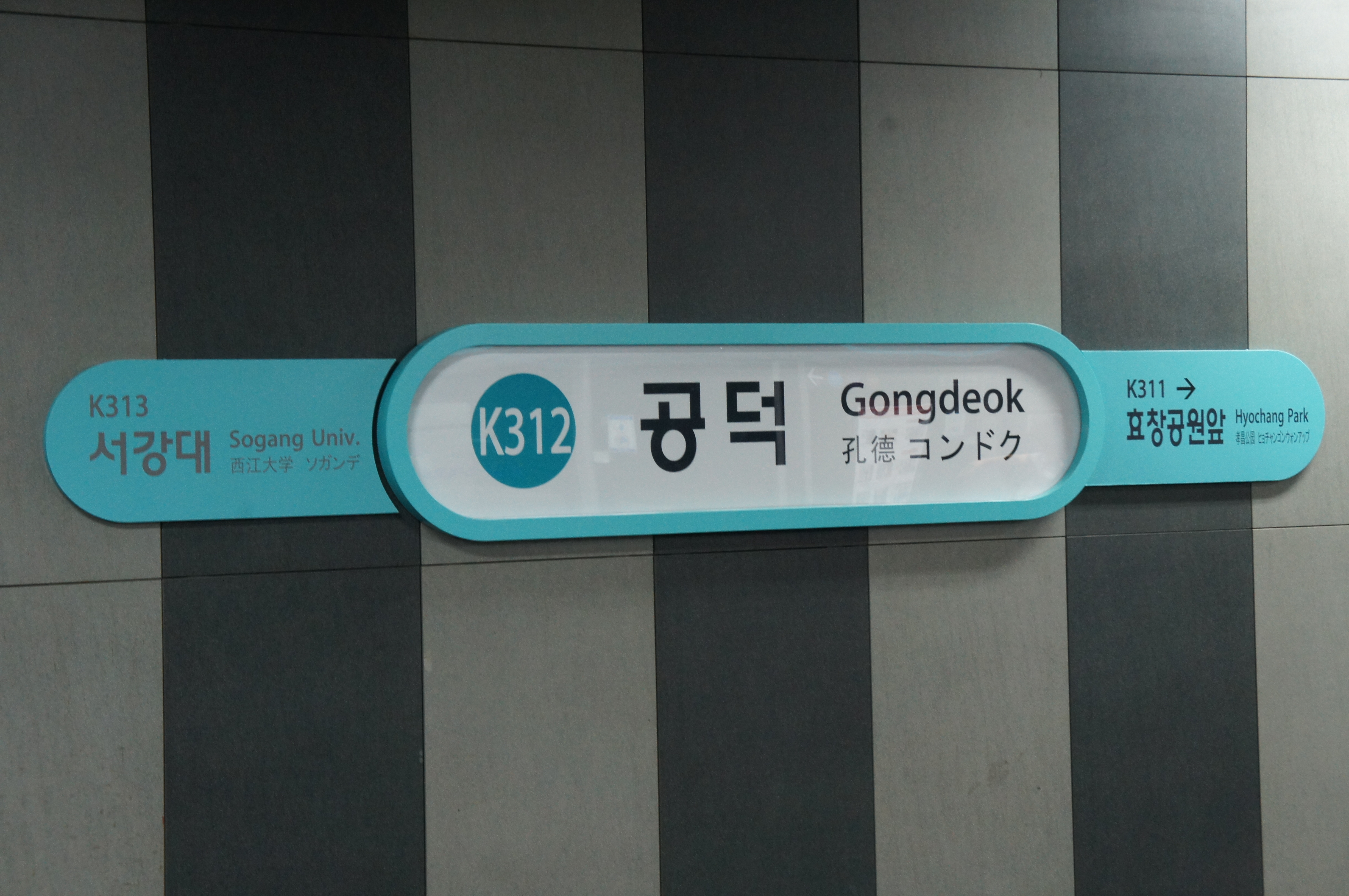|
Åtsuka Station (Tokyo)
is a railway station in Toshima, Tokyo, Japan, operated by East Japan Railway Company (JR East). It is connected to the on the Tokyo Sakura Tram line, operated by Tokyo Metropolitan Bureau of Transportation (Toei). Lines Åtsuka Station is served by the circular Yamanote Line. A stop on the Tokyo Sakura Tram, named Åtsuka-ekimae Station is located underneath Åtsuka Station. Station layout The station consists of an elevated island platform serving the two Yamanote Line tracks. The station has a ''Midori no Madoguchi'' staffed ticket office. Chest-high platform edge doors were installed on the Yamanote Line platforms, brought into use from 20 April 2013. File:JR Otuska sta 002.jpg, The south entrance, April 2010 File:JR_Yamanote-Line_Otsuka_Station_Gates.jpg, JR East ticket gates, September 2019 File:JR_Yamanote-Line_Otsuka_Station_Platform.jpg, The Yamanote line platforms, September 2019 Platforms History The station opened on 1 April 1903. The wooden station stru ... [...More Info...] [...Related Items...] OR: [Wikipedia] [Google] [Baidu] |
Platform Edge Doors
Platform screen doors (PSDs), also known as platform edge doors (PEDs), are used at some train, rapid transit and people mover stations to separate the platform from train tracks, as well as on some bus rapid transit, tram and light rail systems. Primarily used for passenger safety, they are a relatively new addition to many metro systems around the world, some having been retrofitted to established systems. They are widely used in newer Asian and European metro systems, and Latin American bus rapid transit systems. History The idea of platform edge doors dates from as early as 1908, when Charles S. Shute of Boston was granted a patent for "Safety fence and gate for railway-platforms". The invention consisted of "a fence for railway platform edges", composed of a series of pickets bolted to the platform edge, and vertically movable pickets that could retract into a platform edge when there was a train in the station. In 1917, Carl Albert West was granted a patent for "Ga ... [...More Info...] [...Related Items...] OR: [Wikipedia] [Google] [Baidu] |
Tokyo Metro Marunouchi Line
The is a Rapid transit, subway line in Tokyo, Japan, operated by Tokyo Metro. The line runs in a U-shape between Ogikubo Station in Suginami, Tokyo, Suginami and Ikebukuro Station in Toshima, Tokyo, Toshima, with a branch line between Nakano-Sakaue Station and HÅnanchÅ Station. The official name is . The line was named after the Marunouchi business district in Chiyoda, Tokyo, under which it passes. On maps, diagrams and signboards, the line is shown using the color red, and its stations are given numbers using the letters "M" for the main line and "Mb" for the branch line. Overview The Marunouchi Line is the second line to be built in the city, and the first one constructed after the Second World War. The route is U-shaped, running from Ogikubo Station in the west of the city via the commercial and administrative district of Shinjuku through to the Marunouchi commercial center around Tokyo Station, before turning back and heading to Ikebukuro. Along with the Tokyo Metro Ginza ... [...More Info...] [...Related Items...] OR: [Wikipedia] [Google] [Baidu] |
Shin-Åtsuka Station
is a subway station in BunkyÅ, Tokyo, Japan, operated by Tokyo Metro. Its station number is M-24. The station opened on 20 January 1954, and consists of two side platforms. Lines Shin-Åtsuka Station is served by the Tokyo Metro Marunouchi Line. Station Layout The station consists of two underground side platforms, with separate ticket gates for the corresponding platforms. In 2011, a connecting passage was completed to connect the two ticket gates together and the gates for platform 1 was renamed as the North gate and that for platform 2 as the South gate. Platforms File:TokyoMetro-M24-Shin-otsuka-station-platform-20170817-123420.jpg, Platforms, 2017 Surroundings * Åtsuka Station * MukÅhara Station * Asahi Shinkin Bank * Toho Junior College of Music History Shin-otsuka Station opened for revenue service on 20 January 1954. The station facilities were inherited by Tokyo Metro after the privatization of the Teito Rapid Transit Authority (TRTA) in 2004. In the 2015 ... [...More Info...] [...Related Items...] OR: [Wikipedia] [Google] [Baidu] |
Toden Otsuka Sta 001
The or simply Toden, is the tram network of Tokyo, Japan. Of all its former routes, only one, the Tokyo Sakura Tram, remains in service. The Tokyo Metropolitan Bureau of Transportation operates the Toden. The formal legal name is ''Tokyo-to Densha.'' Its nickname, "Toden," distinguished it from the "Kokuden" (the Japanese National Railways electrified lines). The network had a track gauge of , except for the former Seibu Railway lines which were . __TOC__ History At its peak, the Toden system boasted 41 routes with of track. However, the increase in reliance on automobile traffic resulted in reductions in ridership, and from 1967 to 1972, of track were abandoned as the Bureau changed its emphasis to bus and subway modes of transportation. *1903: The Tokyo Horse-drawn Railway changed its motive power to electricity and, under the name Tokyo Electric Railway (or TÅden, æ±é») commenced operations between and . *1903: The Tokyo Urban Railway (or Gaitetsu, è¡é) began oper ... [...More Info...] [...Related Items...] OR: [Wikipedia] [Google] [Baidu] |
Station Numbering
Station numbering is a sign system which assigns station codes consisting of a few letters and numbers to train stations. It aims to facilitate navigation for foreign travelers not familiar with the local language by using globally understood characters ( Latin letters and Arabic numbers). The system is now in use by various railway companies around the world such as in mainland China, Indonesia, Japan, South Korea, Singapore, Taiwan, Thailand, and the United States. History Station numbering was first introducedâbut to less fanfareâin South Korea, by the Seoul Metropolitan Subway in 1983 as a section of Seoul Subway Line 2 ( Euljiro 1-ga to Seongsu) was opened. Its first usage in Japan was in the Nagasaki Electric Tramway where it was introduced in May 1984."History of Nagasaki Electric Tramway line transition", ''Stadtbahn'' issue 9, April 1984 The Tokyo subway system introduced station numbering in 2004. Sports events are usually the turning point for the introduct ... [...More Info...] [...Related Items...] OR: [Wikipedia] [Google] [Baidu] |
Midori No Madoguchi
, short for ''Magnetic-electronic Automatic'' ''Reservation System,'' is a train ticket reservation system used by the Japan Railways Group (JR Group) companies and travel agencies in Japan. It was developed jointly by Hitachi and the former Japanese National Railways (JNR), and inherited by the (JR Systems), which is jointly owned by the seven railway companies of the JR Group: the East Japan Railway Company (JR East), Central Japan Railway Company (JR Central), West Japan Railway Company (JR West), Hokkaido Railway Company (JR Hokkaido), Shikoku Railway Company (JR Shikoku), Kyushu Railway Company (JR Kyushu), and Japan Freight Railway Company (JR Freight). The MARS system used in JR ticket offices is Japanâs largest online real-time system, providing a year-round availability of 99.999%. It offers a range of services, including seat reservations on Shinkansen and Limited Express trains and fare calculation for basic fare tickets, commuter passes, and express tickets. ... [...More Info...] [...Related Items...] OR: [Wikipedia] [Google] [Baidu] |
Yamanote Line
The Yamanote Line () is a railway Circle route, loop service in Tokyo, Japan, operated by the East Japan Railway Company (JR East). It is one of Tokyo's busiest and most important lines, connecting most of Tokyo's major stations and urban centres, including Marunouchi, the YÅ«rakuchÅ/Ginza area, Shinagawa, Shibuya, Tokyo, Shibuya, Shinjuku, Ikebukuro, and Ueno, Tokyo, Ueno, with all but two of its 30 stations connecting to other railway or underground (subway) lines. Internally JR East refers to the "Yamanote Line" as the Quadruple-track railway, quadruple-track corridor between Shinagawa and Tabata Station (Tokyo), Tabata via Shinjuku. The corridor consists of a pair of tracks used by Yamanote local trains and another parallel pair of tracks called "the Yamanote Freight Line" used by the SaikyÅ Line, SaikyÅ and ShÅnan-Shinjuku Line, ShÅnan-Shinjuku line trains, some limited express services, and freight trains. In everyday usage, branding on maps and station signage, the "Y ... [...More Info...] [...Related Items...] OR: [Wikipedia] [Google] [Baidu] |
Island Platform
An island platform (also center platform (American English) or centre platform (British English)) is a station layout arrangement where a single platform is positioned between two tracks within a railway station, tram stop or transitway interchange. Island platforms are sometimes used between the opposite-direction tracks on twin-track route stations as they are cheaper and occupy less area than other arrangements. They are also useful within larger stations, where local and express services for the same direction of travel can be accessed from opposite sides of the same platform instead of side platforms on either side of the tracks, simplifying and speeding transfers between the two tracks. The historical use of island platforms depends greatly upon the location. In the United Kingdom the use of island platforms on twin-track routes is relatively common when the railway line is in a cutting or raised on an embankment, as this makes it easier to provide access to the platf ... [...More Info...] [...Related Items...] OR: [Wikipedia] [Google] [Baidu] |
Tokyo Metropolitan Bureau Of Transportation
The , also known as Toei Transportation, Toei Transport, or simply , is a bureau of the Tokyo Metropolitan Government which operates public transport services in Tokyo. Among its services, the Toei Subway is one of two rapid transit systems which make up the Tokyo subway system, the other being Tokyo Metro. Toei Subway Toei Subway operates 4 rapid transit (subway) lines which complement the 9 lines operated by Tokyo Metro. Tokyo Sakura Tram Tokyo Sakura Tram (the public name of the ''Toden Arakawa Line,'' the sole remaining line of Tokyo's once-extensive streetcar system) is a 30-station hybrid light rail/tram line. Nippori-Toneri Liner Nippori-Toneri Liner is a 13-station, long automated guideway transit system which commened operation on March 30, 2008. Ueno Zoo Monorail (Closed) Ueno Zoo Monorail was a long suspended monorail inside the grounds of Ueno Zoo which commenced operation on December 17, 1957. Operation was suspended on October 31, 2019, and ... [...More Info...] [...Related Items...] OR: [Wikipedia] [Google] [Baidu] |







